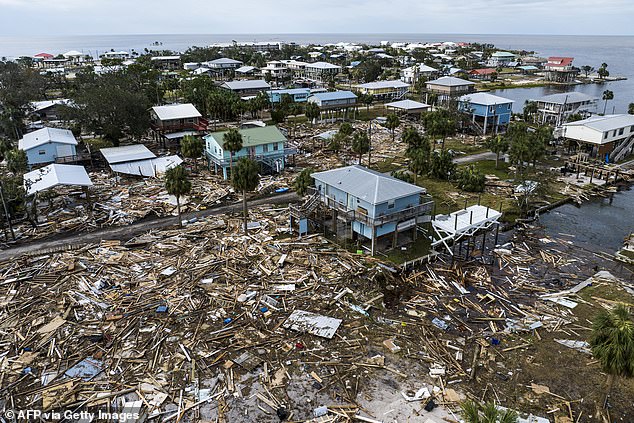An alarming new study obtained by DailyMail.com outlines why deadly hurricanes are set to become even stronger in the US – with southern states such as Texas, Louisiana, Mississippi, Alabama and Florida at greatest risk.
Extreme weather and stronger-than-usual storms have battered the South over the past six months, with Hurricanes Milton, Helene and Rafael causing devastating damage and leaving hundreds dead.
Now, a new study published by Princeton University’s Climate Central has revealed that bath-temperature water in the Atlantic Ocean and the Gulf is responsible for so-called super hurricanes.
Peter Girardi, vice president of communications at Climate Central, told DailyMail.com: ‘All the hurricanes in 2024 were stronger than they would have been if climate change had not warmed the ocean below.
“This study found that no hurricane would have reached category five this year without the impact of global warming.”
Researchers monitored sea surface temperatures (SSTs) in the North Atlantic Ocean during hurricanes at their highest speed to determine this connection.
According to the study, “all SSTs show a clear upward trend,” along with the global mean temperature (GMT).
This means that as sea temperatures rise, hurricanes can jump from one intensity category to a higher category, causing further destruction.
Hurricane Helene destroyed homes in Horseshoe Beach, Florida. Research has shown that human-induced climate change has increased the severity of hurricanes
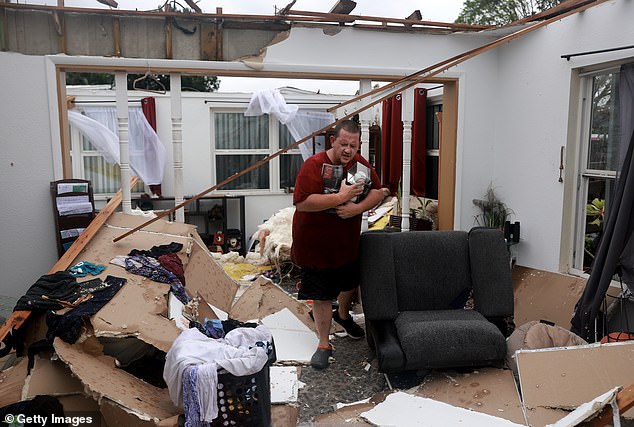
Fort Meyers resident Robert Haight searched the ruins of his home after a Hurricane Milton tornado tore it apart. Milton was made considerably stronger by the warming water
Five in six (about 84 percent) of hurricanes between 2019 and 2023 were noticeably stronger and faster due to higher sea temperatures, the study found.
On average, they had wind speeds that were 30 km/h faster than without climate change. Moreover, they were all about a whole category stronger.
Study co-author and researcher Daniel Michael Gilford told DailyMail.com: ‘Every hurricane in 2024 was stronger than 100 years ago.
“With record-breaking ocean warming, human carbon pollution is worsening hurricane disasters in our communities.”
This was determined by analyzing “counterfactual scenarios,” which looked at models of what hurricanes would look like in an environment untouched by humans.
During this study, researchers compared real-world data from past and current storms with the model.
In a briefing on the findings, Gilford revealed how hurricanes that hit the US this year were somewhere between 15 and 45 km/h faster than if climate change were not a factor.
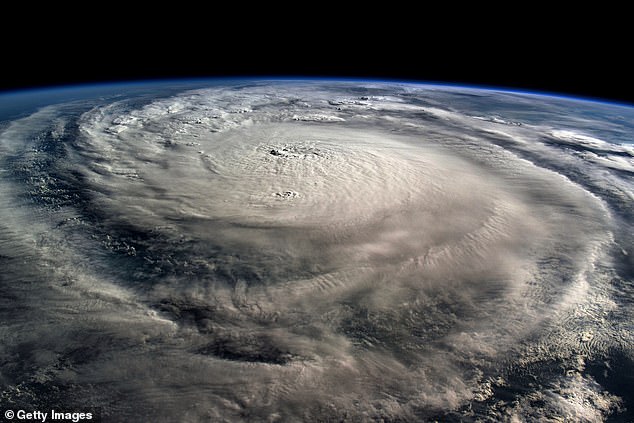
Hurricane Milton made landfall as a Category 3 hurricane before becoming a Category 5 hurricane (photo). Without climate change, Category 5 storms would not have been possible, the study found
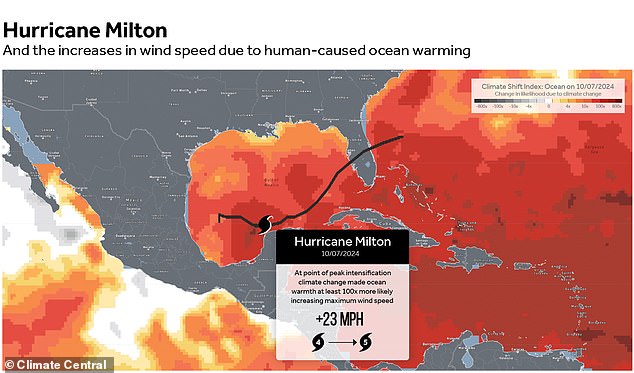
Milton’s wind speeds increased by 23 mph (37 km/h) over waters that were 100 times more likely to increase in speed
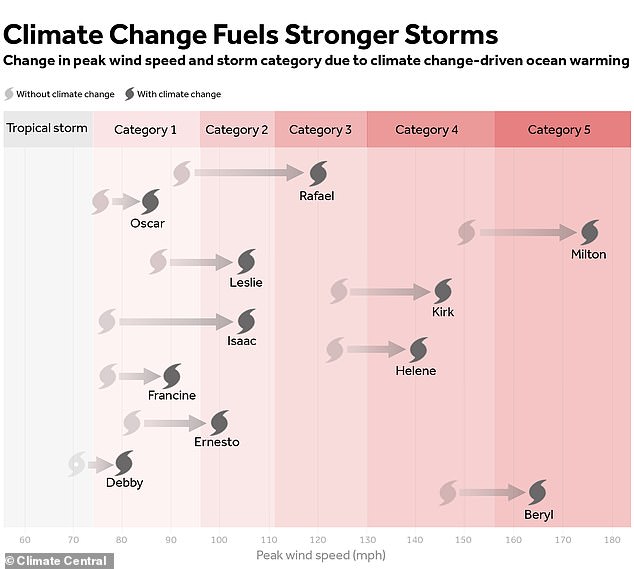
There was a strong correlation between SSTs and hurricane category
It was observed that the hurricanes recorded this year became stronger over waters that were heated by about 2.5 degrees due to human impact on the environment.
Summarizing the research, Gilford wrote, “Oceans made hotter by human-induced climate change are fueling measurably stronger hurricanes.
“That means global warming is already increasing risks and costs for millions of people living along coastlines around the world.”
During the briefing, Gilford said global waters are 2 to 3 degrees hotter than without global warming.
The Gulf of Mexico is now 4 degrees warmer.
This year’s strongest hurricanes, including Helene and Milton, were especially devastating to areas near the Gulf Coast.
This means that Texas, Louisiana, Mississippi, Alabama and Florida are most at risk from these overheated hurricanes.
“Hurricane Milton gathered strength over bathwater warm waters that were clearly affected by climate change, making it the most intense hurricane of the season,” Gilford explained.
Milton swept across Florida and the Gulf of Mexico in October, first making landfall as a Category 3 hurricane. It quickly reached Category 5 intensity.
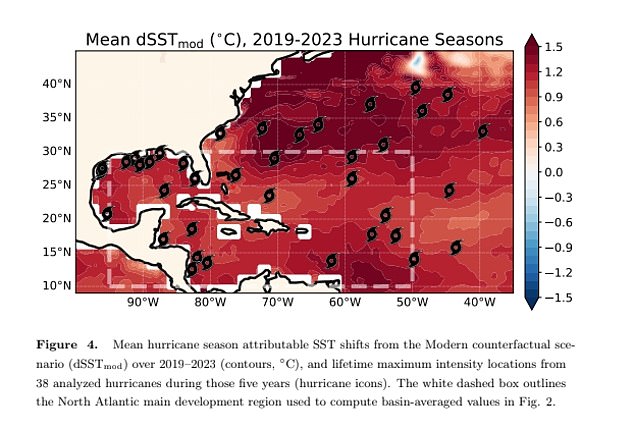
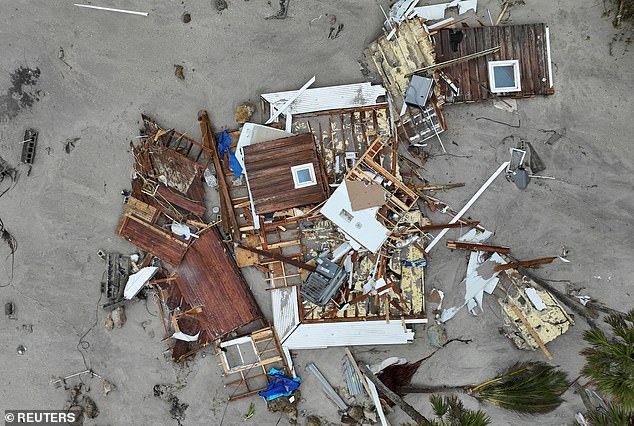
Milton destroyed homes throughout Florida, including in Manasota Key. At least 24 people were killed
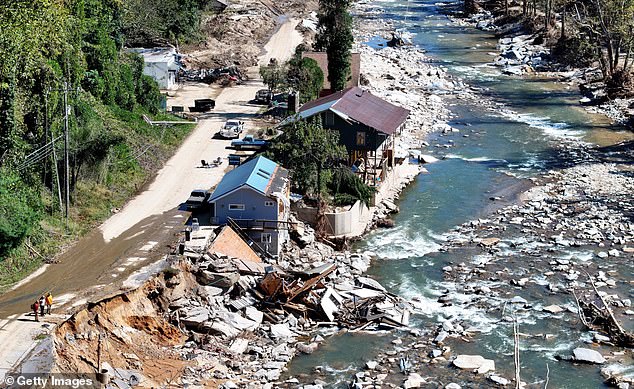
Helene caused devastation as far north as North Carolina. (Photo: Bat Cave, North Carolina, on October 8)
According to the Daytona Beach News-Journalat least 24 Florida residents died from the horrific storm – which came just two weeks after Hurricane Helene.
Gilford said the water temperatures intensified Milton’s wind speeds, making them about 23 mph faster than if climate change were not a factor.
According to the study, the wind speed above water increased, making the wind speed a hundred times more likely.
Helene abused communities primarily in Florida, the Carolinas, Georgia and Tennessee. The tropical cyclone killed at least 230 people in seven states.
More than half of these deaths were concentrated in North Carolina.
Hurricane Patty was another late October storm that began brewing in the Caribbean. But the US was unscathed by this storm as it focused on Central America.
Gilford went on to discuss Hurricane Rafael, stating that SSTs increased the hurricane’s intensity by two categories at the end of the season.
He described the storm: “That’s one of the biggest changes in our entire data set and the biggest in 2024.”
Rafael made landfall about two weeks ago, mainly affecting the Cayman Islands and Cuba, while also causing life-threatening tidal waves on the coast of South Florida.
The storm was upgraded to a Category 3 hurricane when it reached the Caribbean, but was downgraded to a tropical storm as it weakened in the Gulf of Mexico.
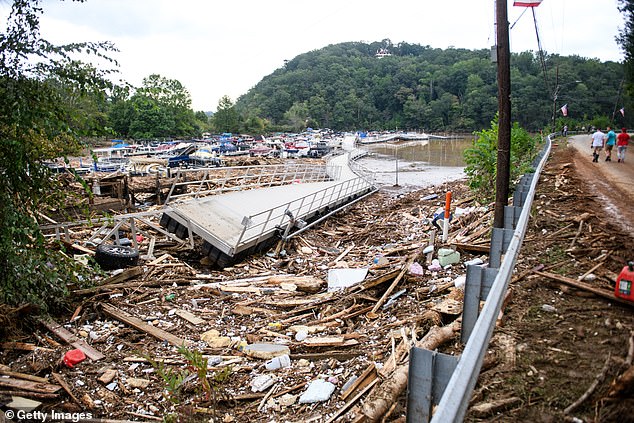
Hurricane Helene, which killed more than 230 people in seven states, hit North Carolina particularly hard. Lake Lure was covered in debris (photo)
“Don’t let your guard down just because the calendar says we’re approaching mid-November,” warned Alex DaSilva, AccuWeather’s lead hurricane expert.
“Conditions and water temperatures in the tropics are still primed for tropical storm formation in the final weeks of the hurricane season,” he continued.
Meteorologist John Morales also spoke during the study’s virtual briefing, bringing up factors other than sea temperatures that have a clear influence on hurricanes.
He highlighted wind shear – meaning changes in wind direction and speed – as an element that should not be ignored.
“You saw how quickly (Hurricane) Sara basically left the Mexican coast torn apart,” he said. “(The storm) was already weak because it was over land, but wind shear plays a big role.”
Decade-long numbers even allowed researchers to evaluate the most recent 2024 storms that devastated southern eastern seaboard states, including Tropical Storm Sara.
Although never technically a hurricane, Tropical Storm Sara made landfall on November 17 and struck the states bordering the Gulf of Mexico with extreme flooding.
The National Hurricane Center reported that Sara officially disappeared at 3 a.m. Monday and said it was no longer a threat as it moved into the Gulf.
However, AccuWeather explained that there is still the possibility of isolated tornadoes and a coastal flooding advisory is in effect until 6 a.m. Tuesday in the coastal counties of Escambia, Santa Rosa and Okaloosa.
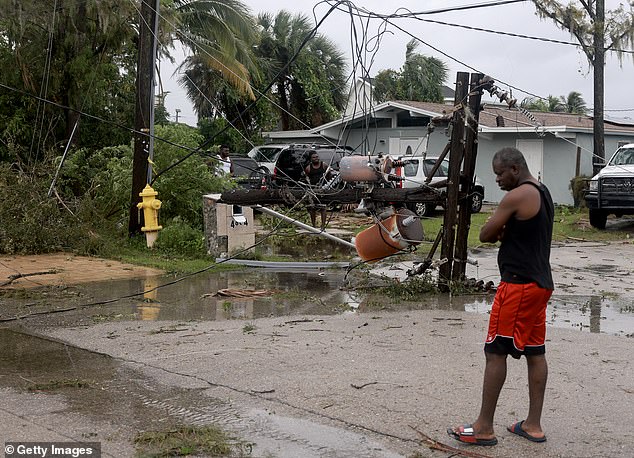
Pictured: Fort Myers, Florida, after the devastation of Hurricane Milton
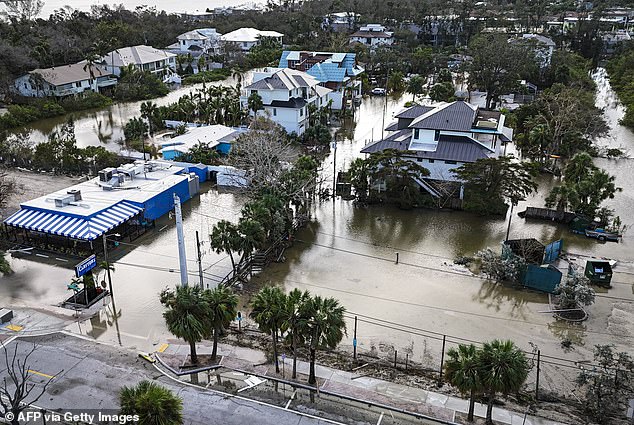
Pictured: Siesta Key, Florida, which locals considered ground zero of Hurricane Milton
Sara was upgraded to a tropical storm last week when it brought life-threatening flooding and mudslides to parts of Honduras, with up to 4 feet of rain falling in some areas.
Sara was the 18th named storm of the 2024 hurricane season and is the third this month due to record-breaking warm waters in the Atlantic Ocean and Gulf of Mexico.


